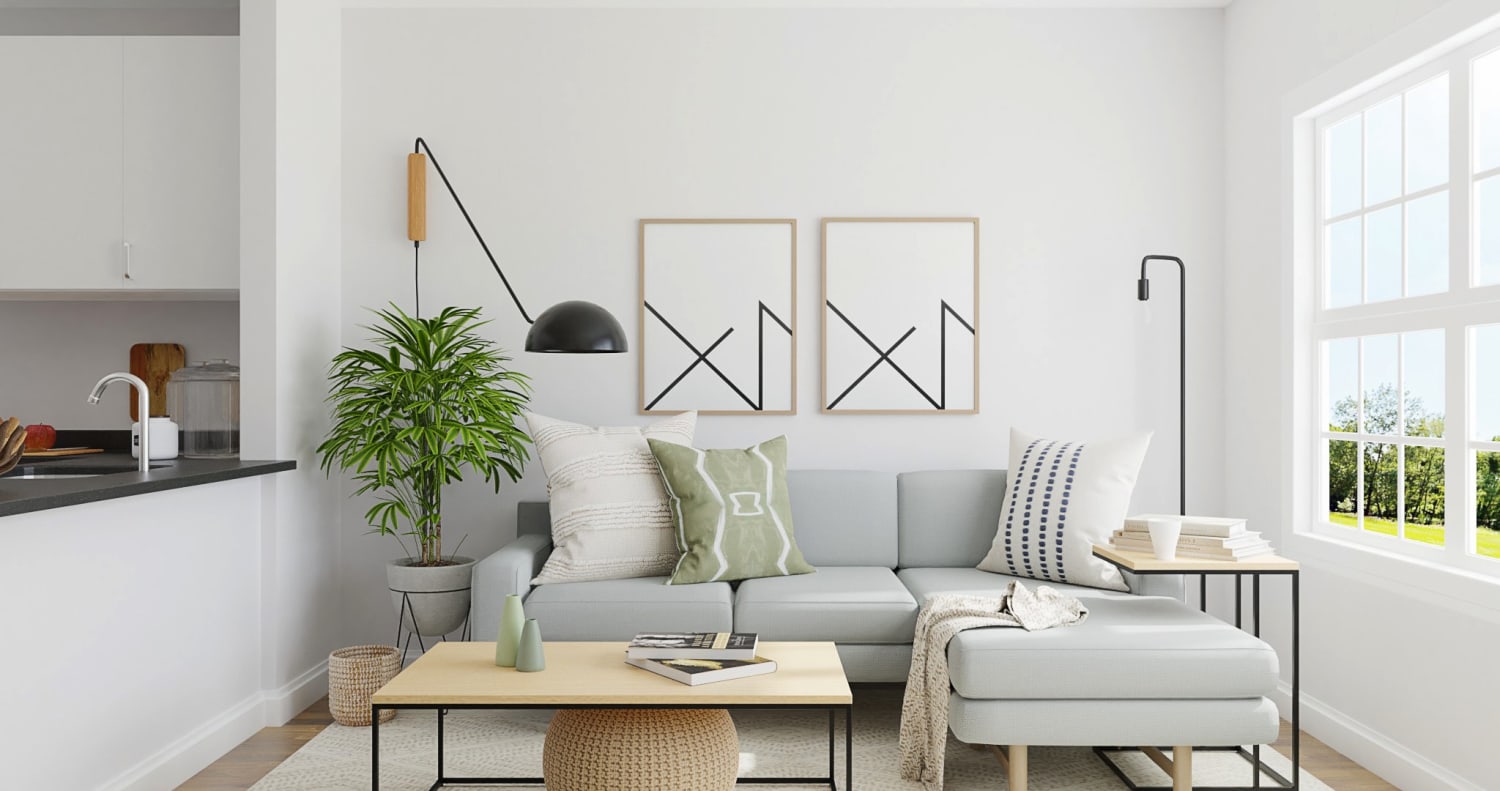Minimalist design has become a popular interior design trend, celebrated for its clean lines, simplicity, and focus on functionality. This design philosophy encourages the creation of tranquil and uncluttered living spaces that promote a sense of calm and balance. In this article, we explore the principles of minimalist design and how you can incorporate this aesthetic into your home to create a harmonious and inviting environment.

1. Less is More: Simplicity at its Core
At the heart of minimalist design is the principle of “less is more.” This approach prioritizes essential elements and eliminates unnecessary clutter, resulting in spaces that feel open and unburdened.
2. Clean Lines and Shapes
Minimalist interiors feature clean, straight lines and simple geometric shapes. Furniture and decor often have sleek and unembellished designs that contribute to the overall sense of order and tranquility.
3. Neutral Color Palette
Neutral colors such as white, beige, gray, and black are foundational to minimalist design. These hues create a serene backdrop that allows other elements in the room to shine.
4. Functionality Takes Center Stage
Minimalist design places a strong emphasis on functionality. Furniture serves a purpose and is chosen based on its practicality and utility. Each piece should contribute to the overall comfort and functionality of the space.
5. Declutter and Organize
Decluttering is a key aspect of minimalist design. Clear surfaces and thoughtful storage solutions help maintain an uncluttered environment. Every item should have a purpose and be thoughtfully curated.
6. Open and Airy Spaces
Minimalist interiors often feature open and airy layouts that enhance the sense of spaciousness. Furniture arrangements should allow for easy movement and a sense of flow throughout the space.
7. Focus on Quality
In minimalist design, quality takes precedence over quantity. Invest in well-crafted, timeless pieces that will withstand the test of time and contribute to the enduring elegance of your home.
8. Natural Materials
Incorporating natural materials like wood, stone, and metal adds warmth and texture to minimalist spaces. These materials create a tactile experience and enhance the connection to nature.
9. Thoughtful Lighting
Lighting plays a crucial role in minimalist design. Opt for simple and understated light fixtures that provide ample illumination without overpowering the space.
10. Reflect Your Personality
While minimalist design is characterized by simplicity, it doesn’t mean your home has to lack personality. Incorporate a few carefully chosen decor items or artworks that resonate with you and add a personal touch to the space.
Conclusion
Minimalist design offers a refreshing approach to creating serene and inviting living spaces. By embracing simplicity, clean lines, and a focus on functionality, you can transform your home into a sanctuary of balance and beauty. Whether you’re furnishing a small apartment or revamping your entire house, minimalist design principles provide a timeless framework that allows you to curate spaces that are not only visually pleasing but also promote a sense of well-being and harmony.